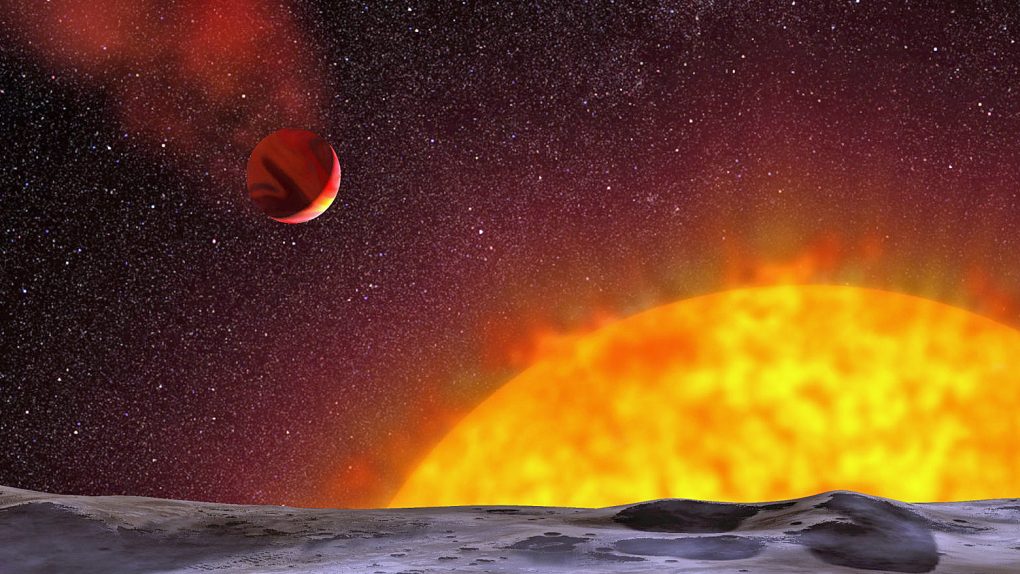It wasn’t that long ago that finding exoplanets — that is, worlds that exist outside of our own solar system — was a rare occurrence. Those days are gone, however, and we now know that there are actually plenty of stars that host one or more planets. With that increased awareness, researchers have been making huge leaps in exoplanet discovery, and a group of astronomers from around the world just announced that they’ve detected not one, not two, but 60 new planets orbiting nearby stars. One of those planets is of particular interest, as it’s a lot like Earth, only hotter.
The planet has the decidedly unsexy name Gliese 411b — Gliese 411 being the name of the star it orbits, and “b” being the unique label for the world itself — but what it lacks in a cool moniker it makes up for with a fiery personality. Gliese 411b has been labeled a “Super Earth,” which means that it’s a rocky planet much like our own.
However, it’s much larger than Earth, and it’s also a whole lot hotter. In fact, the planet is thought to be too hot to support any kind of life on its surface, according to Dr. Mikko Tuomi of the University of Hertfordshire’s Centre for Astrophysics, who helped lead the research effort. Gliese 411 and its orbiting planets are just eight light years from Earth, putting them right in our celestial backyard, but despite is relative proximity to our own planet, the star is still about six trillion miles away, so it’s unlikely we’ll be stopping by any time soon.








